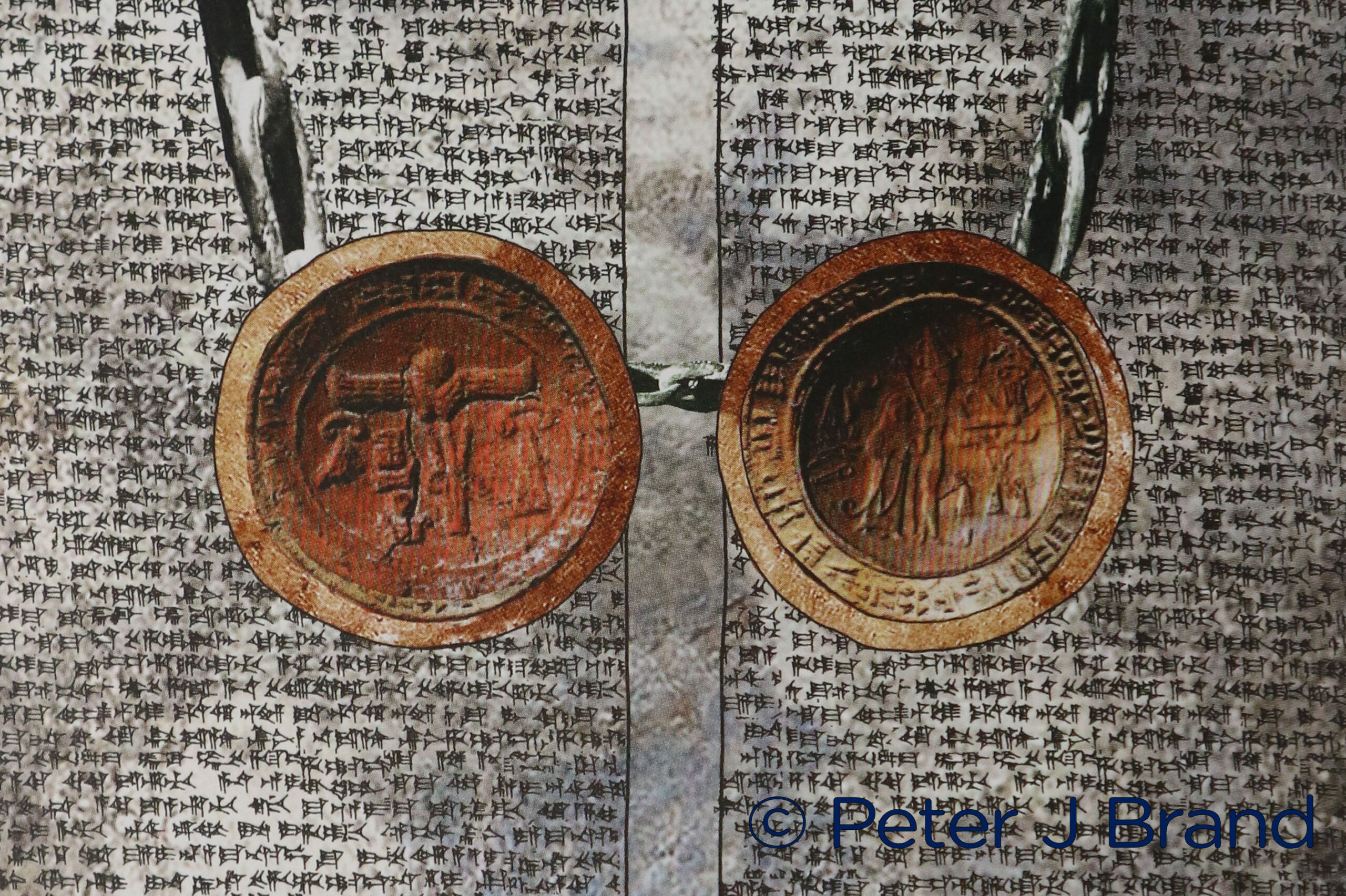This meeting took place at the June meeting of the Essex Egyptology Group, on Sunday 2 June 2024.
Ramesses II was both a great warrior and visionary statesman. For two decades, he fought the mighty Hittite Empire for control of Syria including the famous Battle of Kadesh. His military campaigns were the culmination of over six decades of hostilities between these ancient superpowers. Yet Ramesses had the vision to make a lasting peace with Egypt’s bitter rival, when he concluded a treaty in his twenty-first regnal year with his Hittite counterpart Hattusili III.
A remarkable cache of diplomatic letters, second only to the famous Amarna Letters, offer a fascinating glimpse of the pharaoh’s boisterous and often tense diplomatic exchanges with Hattusili III and his formidable consort, the Hittite Queen Puduhepa. Fifteen years later, Ramesses negotiated with Puduhepa to marry a Hittite princess. His lively debates with the Hittite king and queen reveal a very different Ramesses II than the god-king and warrior pharaoh we see on his monuments.
Professor Peter J Brand is an ancient historian and Egyptologist, he specialises in the history and culture of ancient Egypt during its imperial age (ca 1550-1100 BCE). He is the author of “The Monuments of Seti I and Their Historical Significance: Epigraphic, Historical and Art-Historical Analysis” and “Ramesses II, Egypt’s Ultimate Pharaoh” and has written numerous articles on Egyptian kingship, monumental art and construction, history popular religion, warfare and diplomacy during the late 18th dynasty and Ramesside period. Since 2001 he has served as Director of the Karnak Hypostyle Hall Project, which is recording, conserving and interpreting hundreds of scenes and hieroglyphic texts carved on the walls and columns of the Great Hypostyle Hall.
